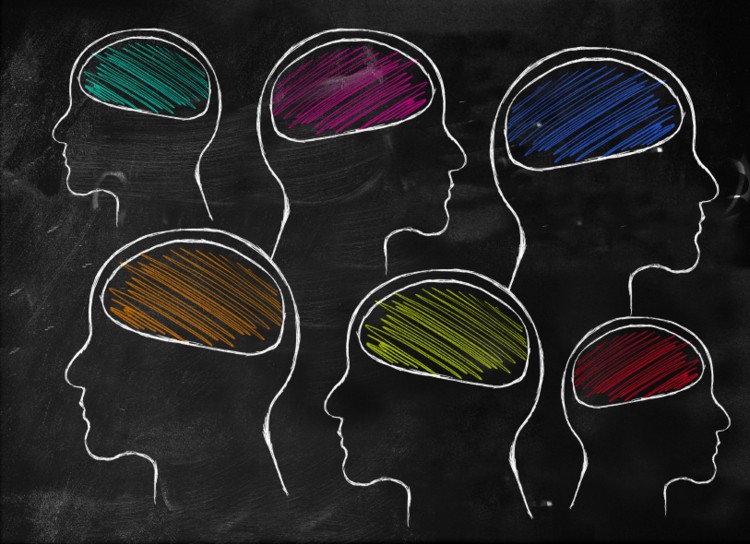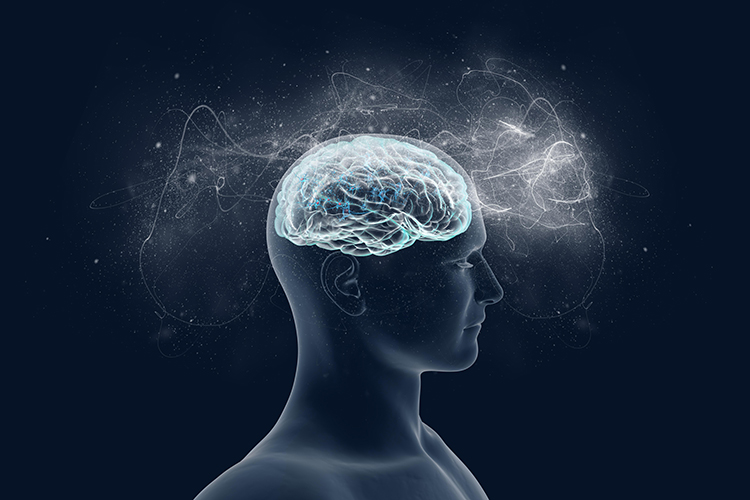Perceived Post-traumatic Growth May Not Reflect Actual Positive Change: A Short-term Prospective Study of Relationship Dissolution
Perceived post-traumatic growth may not reflect
Abstract
Romantic relationship breakups induce significant distress, which has prompted interest in the possibility of post-traumatic growth (PTG) following relationship dissolution. However, most studies have relied on retrospective self-reports of growth, raising questions about the actuality of growth following breakup.
This prospective study assessed relationship quality prior to breakup, measured growth over time, included a comparison group that did not experience breakup, and tested rival hypotheses to assess PTG in comparison with positive reappraisal (PR). College students (N = 599) in romantic relationships were recruited as participants and assessed at two time points approximately 10 weeks apart. The primary sample includes participants who experienced a relationship breakup (N = 100).
Results indicated that, following a breakup, participants reported a high degree of breakup distress and perceived growth. The pattern of results suggests that reports of perceived PTG may reflect PR processes, as evidenced by the correlation between optimism at Time 1 and perceived, but not actual, PTG at Time 2.
Consistent with previous prospective research, but differing from much of the retrospective research, a measure of “actual growth” was unrelated to distress, perceived growth, or whether the individual experienced a breakup. The results corroborate research suggesting that retrospective reports of PTG may not reflect actual personal growth measured before and after a traumatic event.











